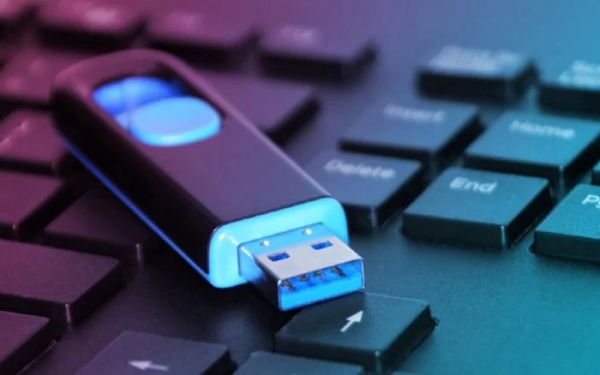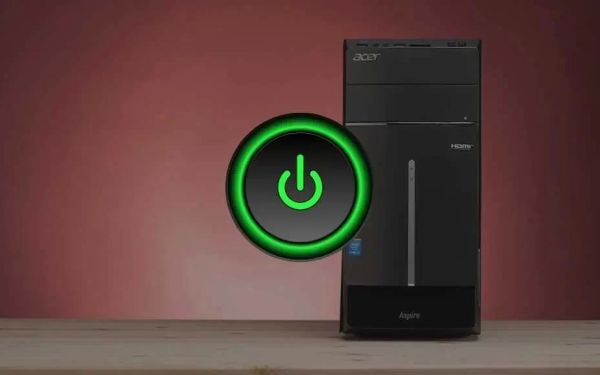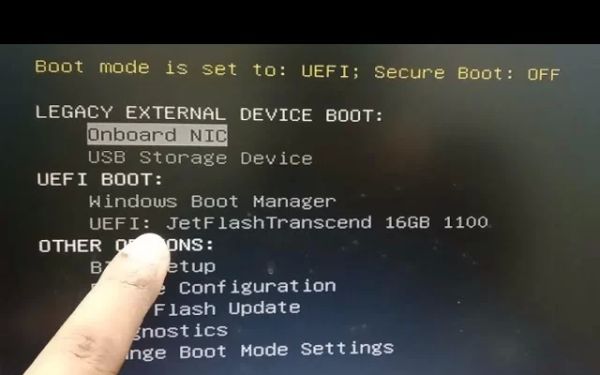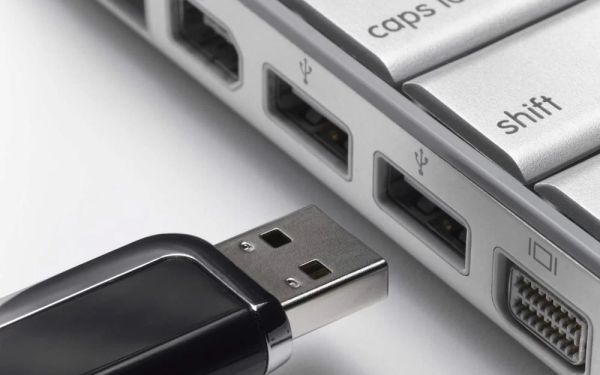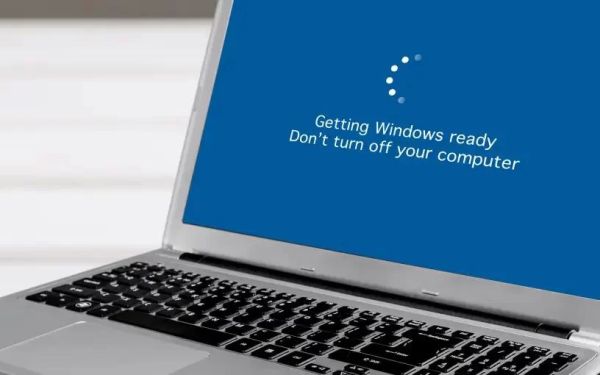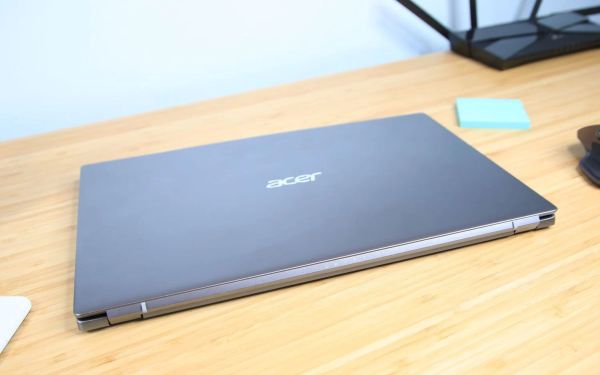How to Choose a Boot Disk on Mac During Startup
- Understanding Mac Boot Disks
- Why You Might Need to Choose a Boot Disk on Mac
- Step-by-Step Guide to Choose a Boot Disk on Mac
- Tips for Choosing the Right Boot Disk
- Real-Life Case: Selecting a Boot Disk on Mac
- Tools to Improve Your Mac's Boot Process
If you've ever needed to troubleshoot your Mac, or perhaps you want to boot from an external drive, knowing how to choose a boot disk during startup is an essential skill. Whether you're facing system issues, trying to install a new OS, or testing a secondary drive, the ability to select the boot disk can make all the difference. This article will walk you through how to choose a boot disk on your Mac during startup, ensuring that you know how to access your system's recovery tools or alternate operating systems.
Why You Might Need to Choose a Boot Disk on Mac
There are several reasons why you might need to choose a specific boot disk on your Mac:
1. System Recovery: If your primary macOS installation becomes corrupted or unresponsive, you can boot from a recovery disk to repair or reinstall macOS.
2. Installing or Upgrading macOS: If you're upgrading or installing a fresh version of macOS, you may want to boot from a USB or external drive containing the macOS installer.
3. Testing or Diagnosing Issues: In cases where you suspect your internal drive is failing or malfunctioning, you can boot from an external drive to test the system's performance and isolate the issue.
Step-by-Step Guide to Choose a Boot Disk on Mac
Choosing a boot disk on your Mac during startup is a straightforward process, but it requires specific steps to access the boot options:
- Shut Down Your Mac: Start by turning off your Mac completely. If it's already turned off, you're ready to go to the next step.
- Power On and Hold Option (⌥) Key: Press the power button to turn your Mac back on. As soon as you hear the startup chime, immediately press and hold the Option (⌥) key on your keyboard.
- Boot Manager Screen: After a few moments, the Boot Manager screen will appear, displaying all available boot devices, including any external drives or USB drives connected to your Mac.
- Select Your Boot Disk: Use the arrow keys to select the disk or device you want to boot from. If you're choosing a macOS recovery partition or an external drive with macOS, select the corresponding option.
- Press Enter: Once you've selected the desired boot disk, press Enter to begin the boot process from that device.
That's it! Your Mac will boot from the selected disk, and you can proceed with your task, whether it's system recovery, installing software, or troubleshooting.
Tips for Choosing the Right Boot Disk
Here are some helpful tips to consider when selecting a boot disk:
1. Ensure Proper Connection: If you're booting from an external drive, ensure the drive is properly connected to your Mac before turning it on.
2. Backup Important Data: If you're using a recovery disk or reinstalling macOS, make sure your important data is backed up to avoid data loss.
3. Know Your Disk's Purpose: If you're troubleshooting, boot from a disk with diagnostic tools. If you're reinstalling macOS, use the macOS installer disk.
Real-Life Case: Selecting a Boot Disk on Mac
A great example of how the ability to choose a boot disk comes in handy is the case of Sarah, a freelance graphic designer. Sarah's Mac started experiencing performance issues, and soon, her system wouldn't boot up properly. After troubleshooting for a few hours, she realized that her internal hard drive might have been corrupted. Using an external USB drive containing a bootable version of macOS, she was able to start her Mac and run a disk repair utility to fix her drive. This allowed Sarah to save her data and get her Mac back to working order without a full system reinstall.
Tools to Improve Your Mac's Boot Process
If you're looking for tools to make your Mac's boot process smoother or more efficient, consider visiting Ninja Stik for helpful products that can improve your system’s performance. With the right tools, you can easily create bootable USB drives, back up your data, and troubleshoot your Mac without stress.

